40 creating phylogenetic trees from dna sequences worksheet answers
Creating Phylogenetic Trees from DNA Sequences - HHMI … Feb 27, 2011 · Phylogenetic trees are diagrams of evolutionary relationships among organisms. Scientists can estimate these relationships by studying the organisms’ DNA sequences. As the organisms evolve and diverge, their DNA sequences accumulate mutations. Scientists compare these mutations using sequence alignments to reconstruct evolutionary history ... Lifestyle | Daily Life | News | The Sydney Morning Herald The latest Lifestyle | Daily Life news, tips, opinion and advice from The Sydney Morning Herald covering life and relationships, beauty, fashion, health & wellbeing
Join LiveJournal By creating an account on LiveJournal, you agree to our User Agreement. Create account . Or you can use social network account to register. Welcome . Create First Post .
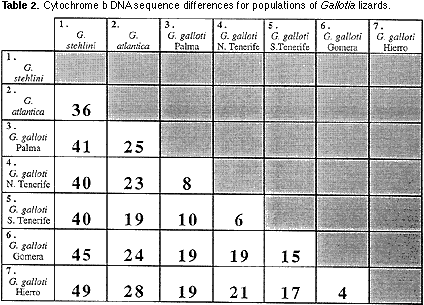
Creating phylogenetic trees from dna sequences worksheet answers
Campbell Biology, 12th Edition [12 ed.] 9780135988046 ... What We Can and Cannot Learn from Phylogenetic Trees Applying Phylogenies Concept 26.2 Phylogenies are inferred from morphological and molecular data Morphological and Molecular Homologies Sorting Homology from Analogy Evaluating Molecular Homologies Concept 26.3 Shared characters are used to construct phylogenetic trees Cladistics Biology - 2e - Open Textbook Library Biology 2e is designed to cover the scope and sequence requirements of a typical two-semester biology course for science majors. The text provides comprehensive coverage of foundational research and core biology concepts through an evolutionary lens. Biology includes rich features that engage students in scientific inquiry, highlight careers in the biological sciences, and offer everyday ... ALEX | Alabama Learning Exchange In this lesson, students will research a variety of animals, plants, and habitats from Alabama. After researching animals, plants, and habitats from Alabama, small groups of students will be assigned a habitat to create. After creating the habitat in small groups, the small groups of students will share their habitat with their classmates.
Creating phylogenetic trees from dna sequences worksheet answers. Species and taxonomy a level biology - blof.ecomuseoisola.it Taxonomy is often introduced with evolution, where students learn how to analyze phylogenetic trees and create cladograms. This worksheet is a simple reinforcement exercise that covers the six kingdoms and the classification system developed by Carolus Linnaeus. I teach my students to learn this system with the mnemonic " K ing P hilip C ame. ALEX | Alabama Learning Exchange In this lesson, students will research a variety of animals, plants, and habitats from Alabama. After researching animals, plants, and habitats from Alabama, small groups of students will be assigned a habitat to create. After creating the habitat in small groups, the small groups of students will share their habitat with their classmates. Biology - 2e - Open Textbook Library Biology 2e is designed to cover the scope and sequence requirements of a typical two-semester biology course for science majors. The text provides comprehensive coverage of foundational research and core biology concepts through an evolutionary lens. Biology includes rich features that engage students in scientific inquiry, highlight careers in the biological sciences, and offer everyday ... Campbell Biology, 12th Edition [12 ed.] 9780135988046 ... What We Can and Cannot Learn from Phylogenetic Trees Applying Phylogenies Concept 26.2 Phylogenies are inferred from morphological and molecular data Morphological and Molecular Homologies Sorting Homology from Analogy Evaluating Molecular Homologies Concept 26.3 Shared characters are used to construct phylogenetic trees Cladistics
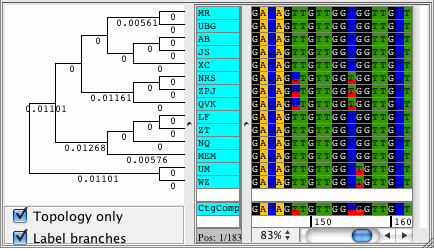

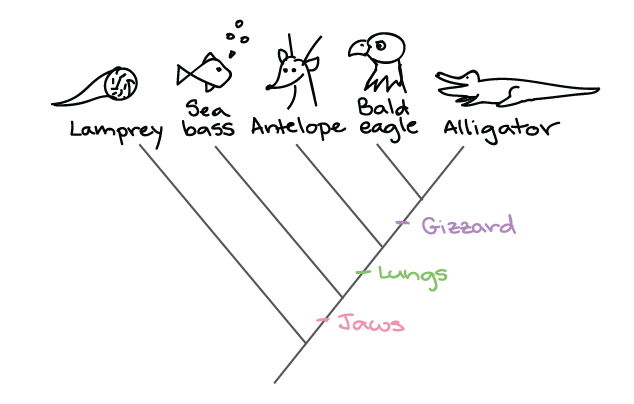

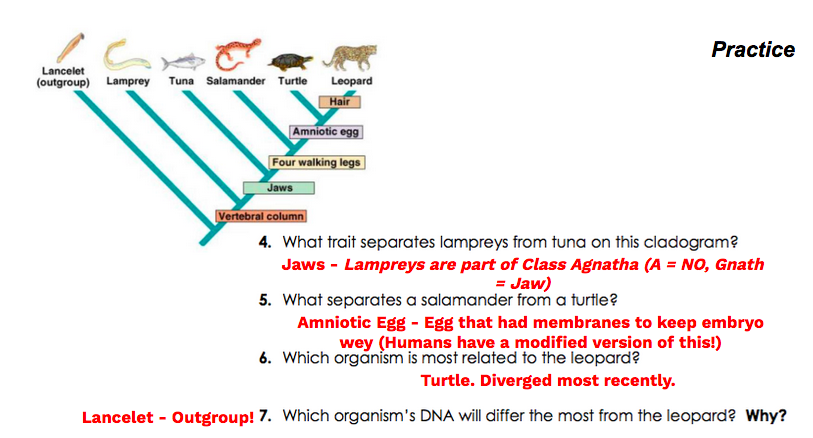




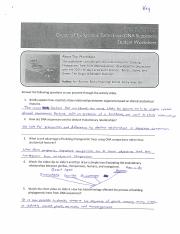


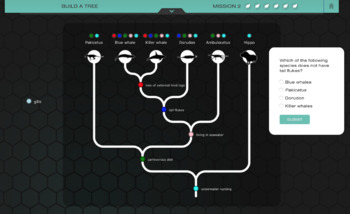
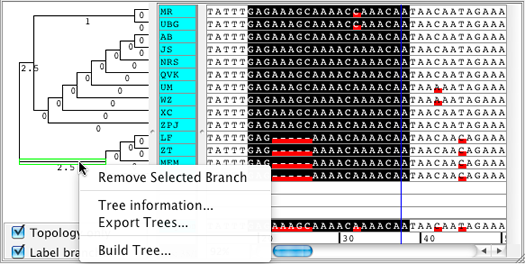









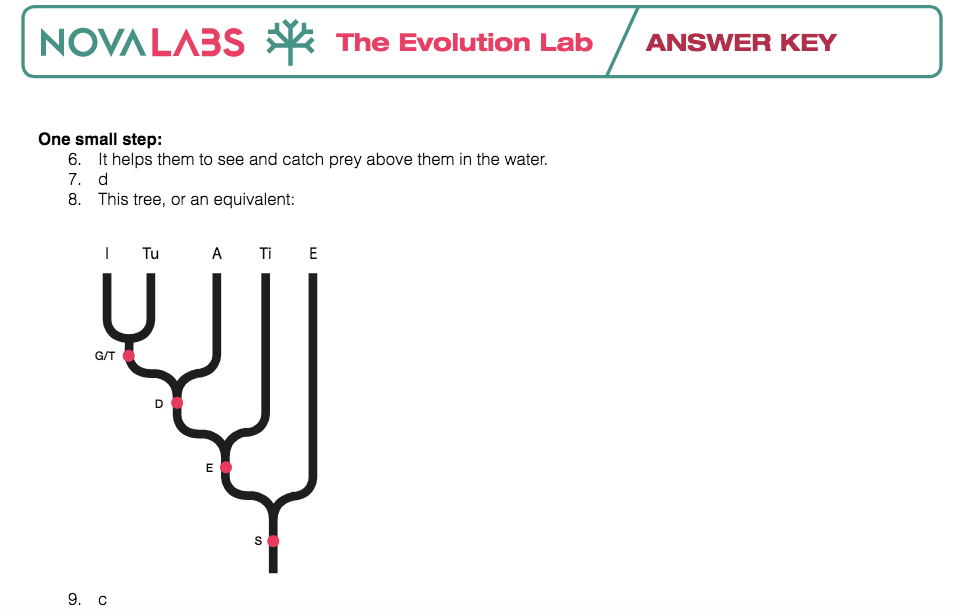
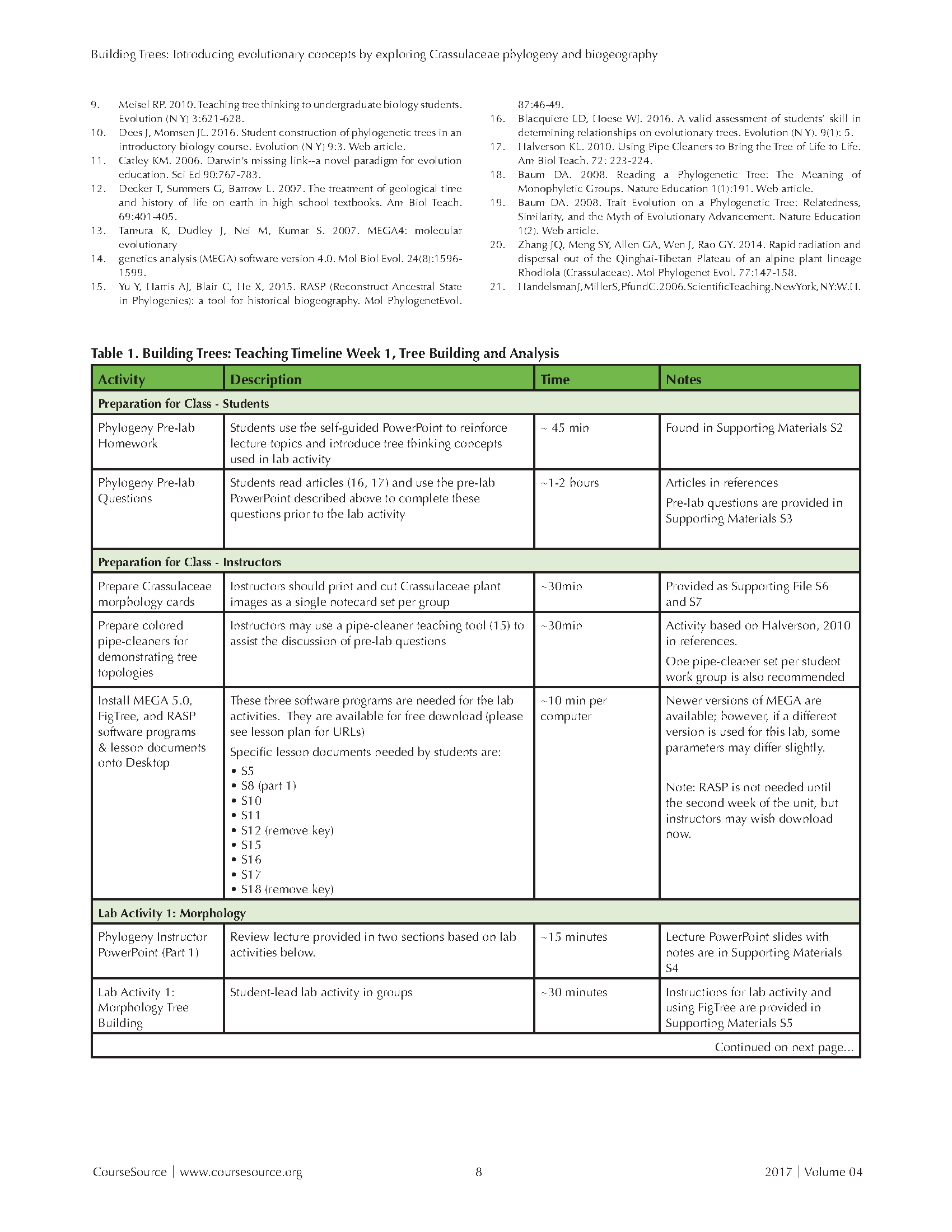

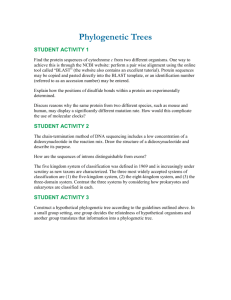


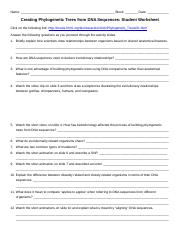
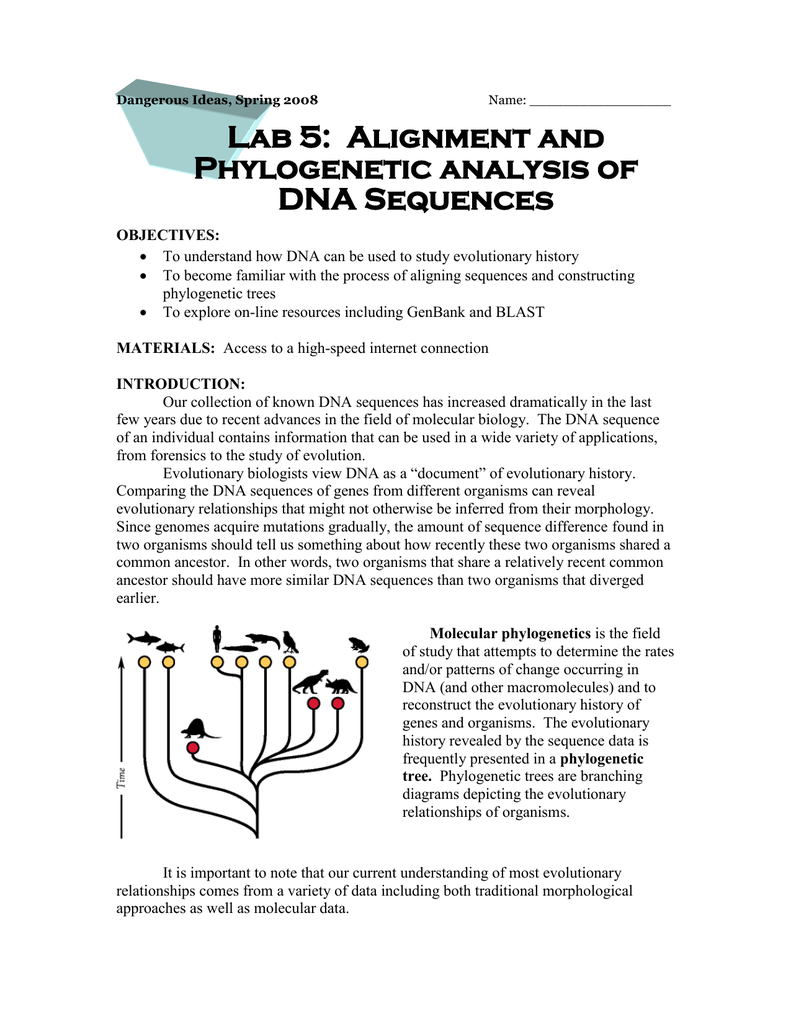
0 Response to "40 creating phylogenetic trees from dna sequences worksheet answers"
Post a Comment